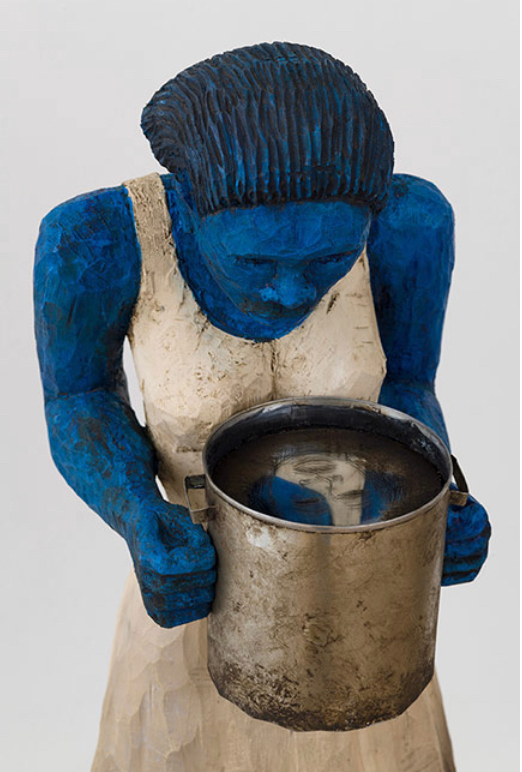On International Women's Day: No Woman Left Behind
08 March 2022

Alison Saar, “Sorrow’s Kitchen”, 2020. Image Credit: L.A. Louver
“I have been in Sorrow's kitchen and licked out all the pots. Then I have stood on the peaky mountain wrapped in rainbows, with a harp and a sword in my hands.”
Zora Neale Hurston, Dust Tracks on a Road
Gender-based violence continues to have a disproportionate impact in Canada. Indigenous women and girls are five times more likely to experience violence than any other population in Canada and this violence tends to result in more serious harm (Assembly of First Nations, 2021). Violence against racialized Muslim women is on the rise in Canada. Sexual minorities are almost three times more likely to experience violent victimization than heterosexual people (Statistics Canada, 2020). Lesbian, bisexual, and transgender women, as well as gender diverse and Two Spirit people encounter discrimination, stigmatization, and traumatic experiences of violence at disproportionately higher rates than their heterosexual and cisgender counterparts (Egale Canada Human Rights Trust, 2016). In addition to gender-based violence, there are intersectional influences on health outcomes for individuals and communities along lines of race, gender, and class. For instance, COVID-19 infection rates are three times higher in neighbourhoods with predominantly racialized populations (Statistics Canada, 2020) and Black women experience poorer maternity outcomes than white women. Income inequality continues to have a disproportionate impact on women and racialized people. A full-time working woman earns $0.77 for every $1.00 a man earns and this gendered income inequality is more intense for immigrant, racialized, and disabled women (Canadian Women’s Foundation, 2021). Women are less represented in politics and women executives make 56 percent less than men (Globe and Mail, 2021). Gender and race also intersect to influence the experience of individuals in the justice system. For example, Black youths are twice as likely to be stopped by police and arrested; they often have more conditions imposed on them on bail; and they are also less likely to be paroled when incarcerated (Wortley & Owusu-Bempah, 2009).
We cannot have an International Woman’s Day that is not intersectional. We must support the work of Indigenous communities who are facing the sorrow of missing and murdered women and children. We must listen to the voices of Black scholars, activists, and care workers in our communities. We must be vigilant against laws that discriminate against queer and trans folks. Now, more than ever, IG is committed to supporting, promoting, and increasing capacity for intersectional research and design that works with communities and organizations to provide service and care-oriented solutions. We are so grateful to be part of such an extraordinary community of people who show up for the ongoing struggle in women’s equity, with a harp and a sword in hand.